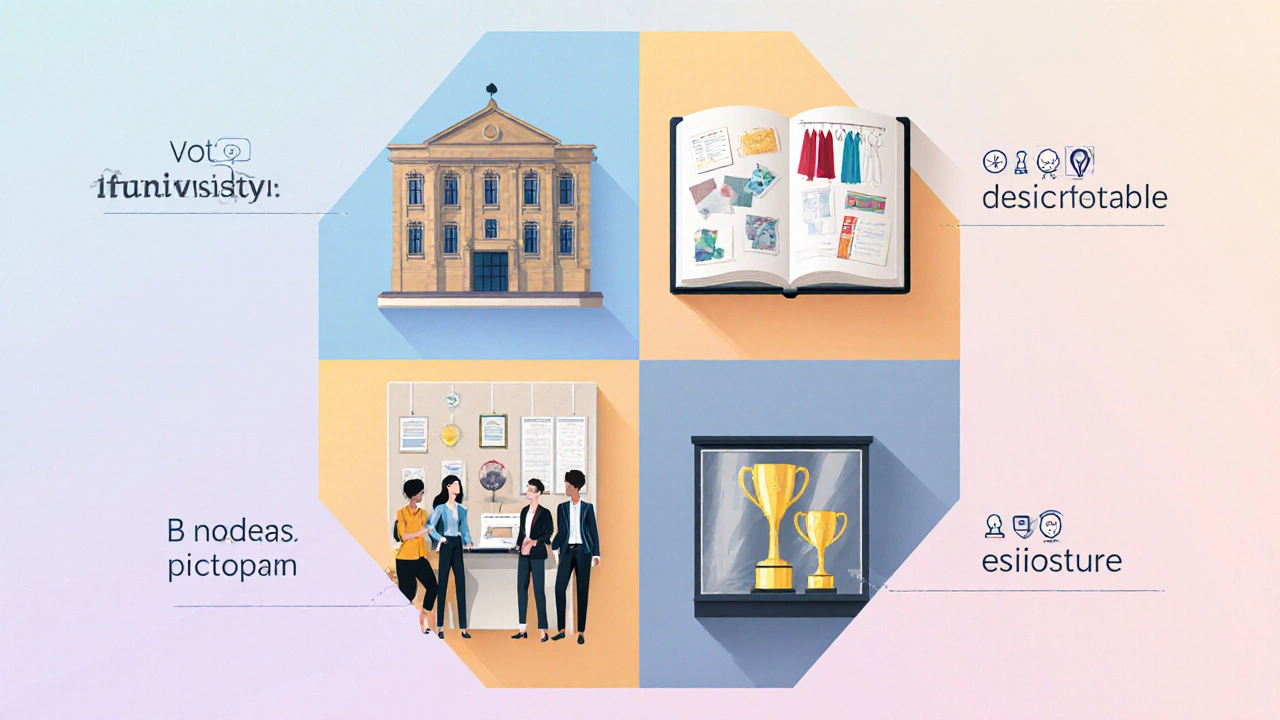Fashion Design Requirements: Skills, Tools, and Paths to Success
When you think about fashion design requirements, the practical skills, tools, and training needed to build a career in creating clothing and accessories. Also known as fashion industry entry criteria, it isn’t just about sketching pretty dresses—it’s about understanding fabrics, fit, production, and market demand. Many people assume fashion design is all about creativity, but the real work starts where the sketch ends. You need to know how a seam behaves under stress, how a zipper affects drape, and how to translate a vision into something that can be made at scale—without blowing the budget.
Behind every successful designer are core skills that don’t show up on Instagram. You need textile knowledge, the ability to identify, select, and work with different fabrics like cotton, silk, polyester, and technical blends—not just because they feel nice, but because they affect how the garment moves, washes, and lasts. Then there’s pattern making, the technical process of turning a 2D design into a 3D garment using measurements, darts, and seam allowances. Without this, your beautiful sketch becomes a pile of wasted fabric. And let’s not forget portfolio building, a curated collection of your best work that proves you can solve real design problems, not just draw. Employers and colleges don’t care how many TikTok likes you got—they want to see you’ve finished projects, met deadlines, and understood client needs.
India’s fashion scene is growing fast, but it’s not just about big cities or runway shows. There’s demand for skilled designers in export houses, local boutiques, e-commerce brands, and even textile manufacturing units. You don’t need a degree from a famous school to start—you need to know how to draft a basic pattern, choose the right stitch for a stretch fabric, and present your ideas clearly. Many people skip the basics and jump straight to digital tools like Adobe Illustrator or CLO3D, but if you don’t understand how fabric behaves on a body, those tools won’t save you. The best designers are the ones who can hold a needle and thread, read a measurement chart, and still dream up something fresh.
What you’ll find in the posts below are real, practical insights from people who’ve walked this path. You’ll see what skills actually get you hired, which certificates matter in India’s job market, how to build a portfolio on a budget, and what mistakes most beginners make when starting out. No theory. No fluff. Just what you need to know to move from idea to income in fashion design.

How to become a qualified fashion designer - requirements and steps
Learn the exact education, portfolio, experience, and certifications needed to be recognized as a qualified fashion designer.